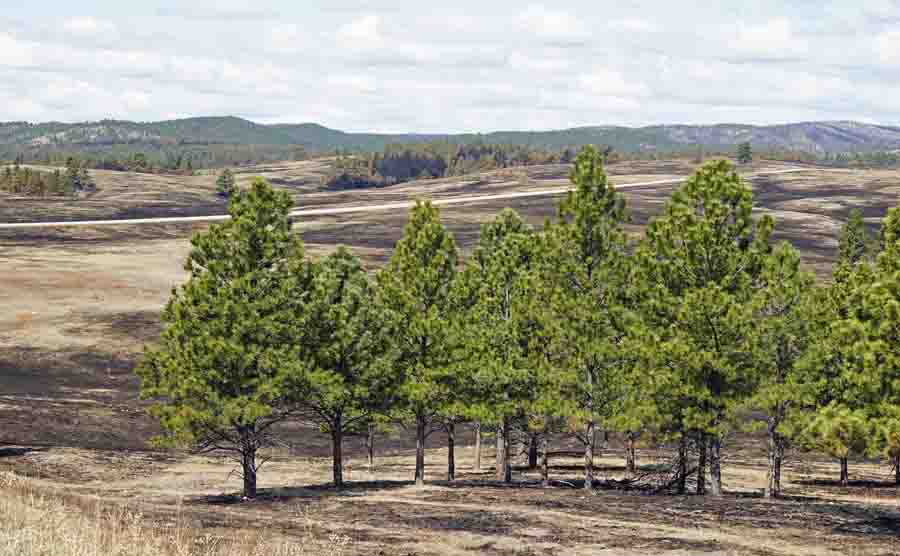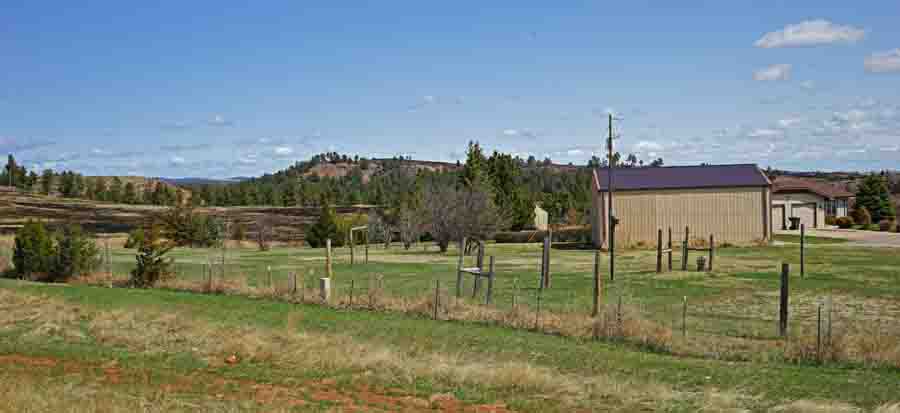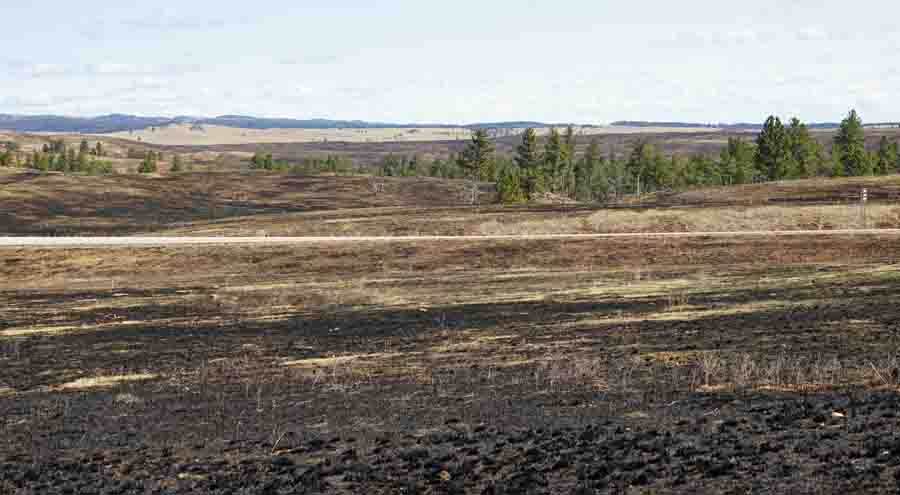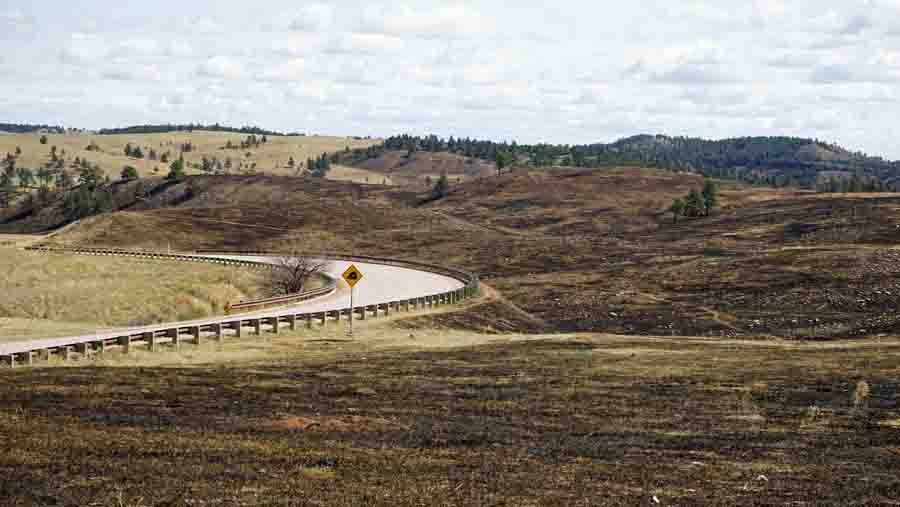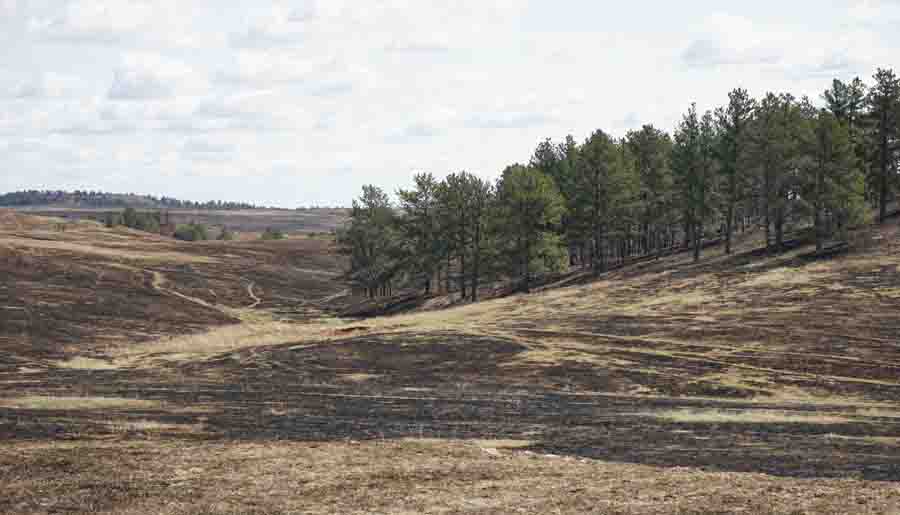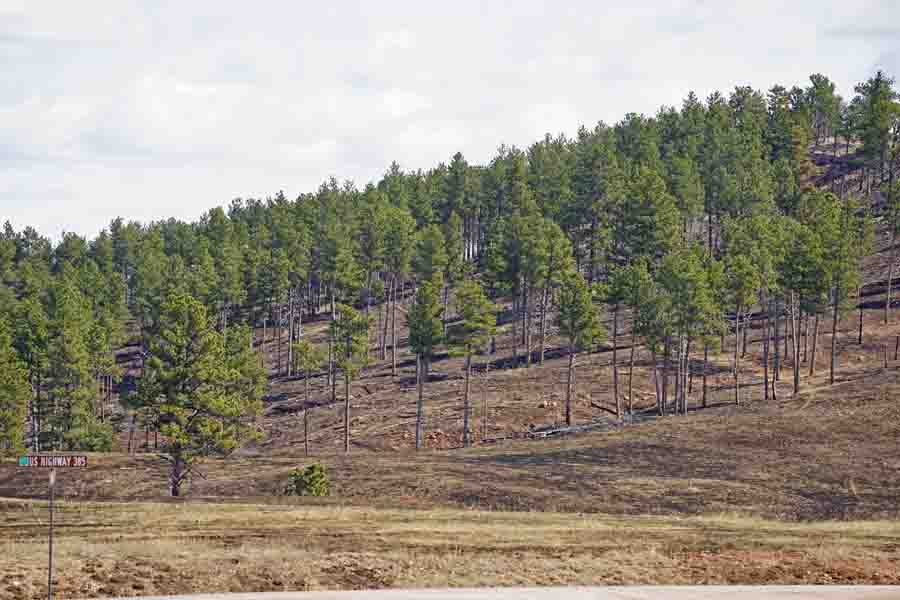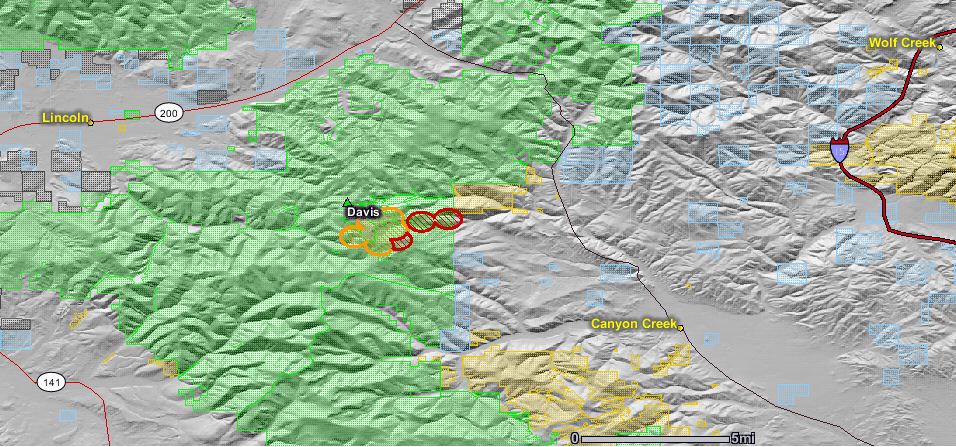The Court concludes that Plaintiff has failed to demonstrate that the Forest Service was negligent either in conducting the Davis 5 Unit prescribed burn or in fighting the escaped fire once it occurred or that the Forest Service violated any mandatory policy or prescription. In addition, and more significantly, strict liability does not apply and the discretionary function exception applies to bar Plaintiff’s tort claims.
The Plaintiff in the case was Kent Taylor, the landowner of a 146-acre parcel of which 142 acres burned, including some lodgepole pine.
Firefighters ignited the Davis 5 prescribed fire at 1 p.m on Wednesday, August 26, 2010 on the Helena National Forest 11 miles southeast of Lincoln and 28 miles northwest of Helena in Montana. By 2:00 p.m. strong winds became a problem and the fire moved into the tree canopy. All ignition ceased, but soon there was a spot fire which burned 20 acres in heavy mixed conifers. When all personnel left the fire at 10:00 p.m. to avoid the hazard of falling trees, the spot fire had been partially lined.
The next day, Thursday, additional personnel were on scene. They were completing the fireline and gridding for other spot fires when an undetected one took off at 1:00 p.m. which quickly transitioned to a crown fire. The prescribed fire was declared an escape at 1:15 p.m. and a Type 2 Incident Management Team was requested at 2:27 p.m. By nightfall the fire was estimated at over 1,600 acres on federal land and 450 acres on private lands involving multiple landowners. Approximately 22 structures were evacuated on Thursday afternoon and evening.
Both the court decision and the official USFS report on the escaped prescribed fire failed to consider the significance of the differences between a spot weather forecast issued the day before the prescribed fire and the spot weather forecast that was issued at 10:43 a.m. Wednesday, August 25 on the day of the burn, about 2 hours before the firefighters ignited the final test burn. In fact, the Judge’s decision does not mention the 10:43 a.m. forecast that predicted stronger winds than in the forecast that was issued the previous day which was for “winds upslope 3 to 6 mph, ridge top winds southwest 5 to 10 mph with gusts to 15 mph”. Here is what Wednesday morning’s forecast predicted for the day of ignition (the all-caps are from the weather forecast, a bad habit the NWS needs to break):
WIND (20 FT)……..SOUTHWEST WINDS 10 TO 15 MPH WITH AFTERNOON GUSTS 20 TO 25 MPH.
RIDGE TOP WIND……WEST AT 15 TO 20 MPH.
The report says:
The prescribed fire personnel stated they did not note any differences between the two forecasts.
That forecast also stated that on the following day, Thursday, the winds in the afternoon would be 30 to 35 mph. The maximum wind speed allowed in the prescription for the project was 15 mph.
Again, the judge’s written opinion does not mention the last spot weather forecast, which was issued the morning of the ignition.
Even though ignition on the prescribed fire did not begin until 1 p.m. the USFS Burn Boss planned to have the 100-acre project essentially mopped up by the end of the day, anticipating for the following day the winds predicted in the now obsolete forecast: “winds upslope 3 to 6 mph, ridge top winds southwest 5 to 10 mph with gusts to 15 mph”.
In light of this very favorable court ruling, Jamie Kralman, a USFS Regional Fuels Specialist for the California region, distributed the good news, saying in part:
…I could really see the mindfulness of the agency personnel involved demonstrating High Reliability Organization (HRO) principles in their planning and implementation. All key personnel met or exceeded minimum qualifications, planning and implementation was by appropriate certified personnel, appropriate line officer involvement and approvals occurred, and The Interagency Prescribed Fire Planning and Implementation Procedures Guide was followed in development of the Burn Plan. The Court opinion also demonstrates support for use of The Interagency Prescribed Fire Planning and Implementation Procedures Guide.
This legal outcome is clearly consistent with what we have been teaching in Prescribed Fire courses, Burn Boss Refresher training, and in other venues in this region regarding lack of personal liability in our prescribed fire operations and that “…strict liability does not apply and the discretionary function exception applies…” because the action involved ‘an element of choice’ and the action was taken ‘based on consideration of public policy’.
